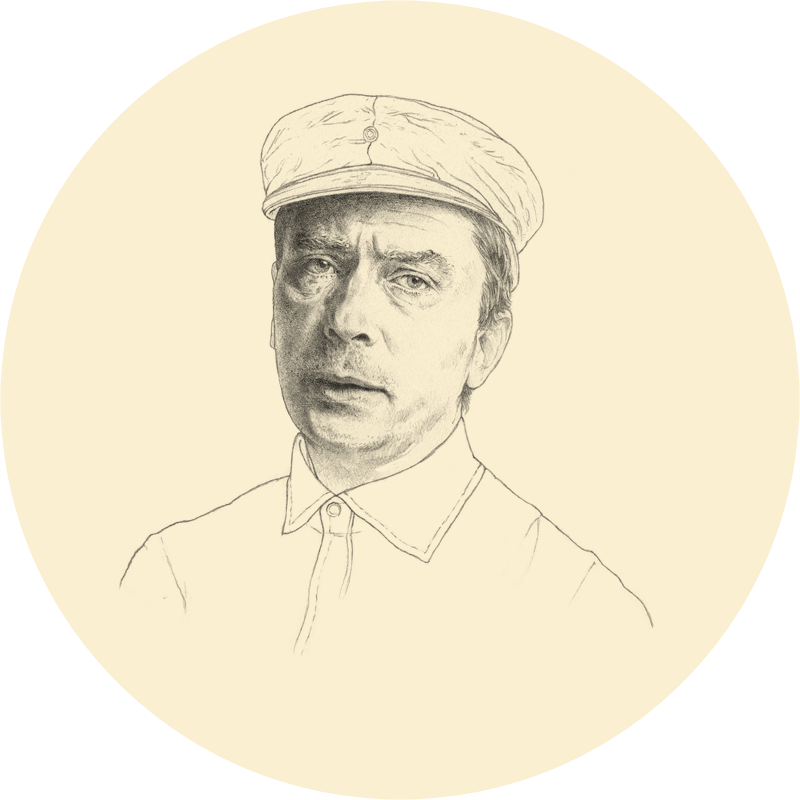You weren’t there. When your friend Piero Manzoni died, not quite 30 years of age, you weren’t there, Vincenzo. Nor were you there when they opened the red line of the metro, the one by Franco Albini. When Milan was becoming a capital of design, of contemporary art and finance, you were in Argentina with your family. You lived there for five years, from 1962 to 1967, working on electronic automation of hydroelectric power plants. A technical, absorbing, rational, unemotional job. In those years you were ready to liquidate your past as an artist, the period you decided to call “no art.” No art of the past, of the present, only life, freedom, horseback riding by the ocean, boundless horizons. You were striving to forget, writing endlessly in your notebooks packed with thoughts, formulations, theories. Written down to never be read again. In their own way, they were already your first work of art after those you had destroyed before your departure for the New World.
Your birth as an artist did not happen in Argentina, Vincenzo. And you never stopped being one, even in that five-year span in the Andes. You had known you were an artist since your youth, growing up at Porta Romana, graduating at the art school in Brera, taking courses at the Piccolo Teatro, where you met Bruna Soletti, your inseparable companion, instantly loved and wed. Just into your twenties, you were already the father of Germana. Had it not been for your lust for life, you would undoubtedly have pursued a career in the theater. As a young actor with Strehler at the Piccolo, your warm voice thrilled listeners. But for you, art was not a matter of separate compartments: you were a painter, a poet, an actor. You were something else, something you still didn’t know about.
You kept an eye on new developments of expression, together with your friends. They were called Piero Manzoni, or Enrico Castellani. You had worked with them from the first issue of Azimuth. In the evening you returned home, you read the masterpiece on memory and time by Proust to your young daughter, in her room, where there was one of your paintings, depicting two acrobats. Nothing remains of that painting, or of the ceramics and other works of yours that were scattered around the house. You eliminated the work of your apprenticeship, destroying it, erasing it. Even “forgetting it by heart,” as you put it in one of your enlightening mottos. It’s a bit like the story of the Middle Eastern poet who asks his master to teach him the art of verses: “Learn all the great poems of the past,” the master tells him. The conscientious disciple does just that, and returns to his mentor after a decade, his head packed with poetry. “And now?,” he impatiently asks. “Now forget them,” says his teacher.
This was the true essence of culture, in your view. Not fruitless reliance on citations, not sterile erudition. “Culture is learning to forget,” you wrote. Just like eating: transforming flavors into energy. Absorbing the past in order not to sense it as a burden. We are offspring of our history, immersed in a language and a time that shape us, influence us. “The surroundings alter the surrounded,” you wrote.
